Employers face a significant decision when it comes to workplace drug testing: should they opt for oral drug tests or urine screening methods? While urine tests remain the traditional choice, oral testing, also known as mouth swab drug tests, has emerged as a popular alternative that offers distinct advantages. These methods share the same goal but differ substantially in their approach, accuracy, and practical use.
Let’s dissect oral drug tests and urine screening through several important factors – from detection windows to economical solutions. This piece will guide you to make an informed choice between saliva drug test and urine screening methods. Our comparison of oral fluid drug testing and traditional urine analysis will help determine the best fit for your workplace requirements.
Understanding Drug Testing Methods
The scientific mechanisms behind oral fluid and urine testing methods reveal unique characteristics and applications worth exploring.
How Oral Fluid Testing Works
Oral drug screening has become a quick and non-invasive screening method in the past decade. The process requires a sterile swab to collect a saliva sample and takes about 10 minutes. Research shows that saliva drug tests can detect substances within minutes after use. This makes them excellent tools to identify recent drug consumption.
Urine Testing Process Explained
Urine testing stands as the most advanced and widely used method in substance screening programs. The process requires collecting a clean-catch urine sample under controlled conditions. Research indicates that urine tests can detect substances for about 2-4 days after use. The detection time varies based on the specific substance.
Key Differences in Testing Technology
These methods show several important technological differences:
- Accuracy Rates: Oral testing shows up to 100% sensitivity and 86% specificity for certain drugs. The accuracy between rapid oral fluid and lab-based screening remains similar at 98% or better.
- Adulteration Risk: People can easily tamper with urine tests. Saliva drug tests resist tampering because specimen collection happens under direct observation.
- Detection Windows:
- Oral Fluid: 24-36 hours for water-soluble drugs
- Urine: 24-72 hours for most substances
Both methods employ immunoassay technology for initial screening. Confirmation testing uses either gas chromatography/mass spectrometry (GC/MS) or liquid chromatography-tandem mass spectrometry (LC-MS/MS) to get definitive results. Research proves that oral fluid tests excel when detecting parent compounds. These drug metabolites show concentrations similar to circulating blood levels.
Detection Windows and Accuracy
Understanding how to detect drugs through different testing methods helps make better decisions about workplace screening. We analyzed the largest longitudinal study that compared oral fluid and urine testing detection windows and accuracy rates.
Substance Detection Timeframes
Research shows that oral testing is a chance to improve detection timing. Mouth swab drug tests can detect substances right after use. Urine testing usually can’t detect usage during the first 3 to 6 hours after consumption. These are the drug detection times we discovered:
- Oral fluid: Immediate detection up to 4 days
- Urine: 24-72 hours for most substances
- THC specific: Up to 24 hours in oral fluid
False Positive/Negative Rates
The accuracy rates between these two methods vary greatly. Oral testing’s average specificity rates stand out: 97% for amphetamines, 95% for cannabis, and nearly 100% for cocaine. People who denied drug use showed low false positive rates: 1.3% for amphetamines, 2.1% for cannabis, and 2.1% for cocaine.
Scientific Reliability Data
Rapid oral fluid and lab-based screening accuracy are similar, and both achieve 98% or better accuracy rates. Detection periods can change based on several factors. These include BMI, duration of drug use, dosage, and individual metabolic differences. Quest Diagnostic’s annual Drug Testing Index shows that 94.8% of 5 million pre-employment screens had negative results. This proves high reliability in workplace testing scenarios.
Cost and Implementation Factors
Our analysis of financial and practical aspects shows clear distinctions between oral fluid and urine drug testing programs. The research highlights substantial differences in both the original setup and operational costs.
Initial Setup Requirements
The implementation of a drug testing program shows oral drug screening needs minimal facility setup compared to urine testing. Urine testing requires specialized collection facilities with proper hygiene controls and tamper-prevention measures. Oral testing works virtually anywhere in the workplace. This distinction substantially affects the original implementation costs and space requirements.
Ongoing Testing Expenses
The testing costs analysis reveals notable variations:
- Simple urine tests: $5-40 per test
- Standard oral fluid tests: $20-40 per test
- Lab-based confirmatory testing: Starting at $50
The total cost goes beyond test prices alone. Employee time and productivity calculations show urine testing brings additional expenses due to off-site collection requirements. Oral testing can happen on-site and minimizes workplace disruption.
Staff Training Needs
The staff training requirements differ between methods. Oral fluid collection’s straightforward process requires minimal training. The collection time averages 5.1 minutes for oral fluid, compared to 4.7 minutes for urine. Urine testing requires comprehensive training in proper drug test collection procedures and chain of custody requirements.
Organizations should evaluate these factors among their specific industry requirements. Different sectors might have varying guidelines about drug testing policies.
Legal and Privacy Considerations
Drug testing in workplaces needs a careful balance between what employers must do and what rights employees have. Private employers don’t have to conduct drug tests, but many do this to keep workplaces safe and protect themselves legally.
Employee Rights and Consent
Privacy stands as the biggest concern in drug testing. Oral testing proves to be a great way to get advantages since it’s less invasive and removes privacy issues that come with urine collection. The Department of Transportation (DOT) now requires oral fluid testing for direct observation tests when dealing with transgender or nonbinary employees.
Workplace Testing Regulations
The Department of Transportation allowed lab-based oral fluid testing for DOT-regulated drug tests starting June 1, 2023. This change should make oral testing available in states of all sizes.
Chain of Custody Requirements
Both testing methods need strict chain of custody documentation that proves results are valid. The core requirements include:
- Tamper-evident seals and documentation
- Strict specimen collection procedures
- Laboratory certification requirements
- Medical Review Officer (MRO) result verification
Oral testing makes the chain of custody process simpler because direct observation during collection lowers tampering risks. Employers find this testing method attractive when they need to maintain accuracy and defend their drug testing compliance legally.
Comparison Table
| Aspect | Oral Fluid Testing | Urine Testing |
| Detection Window | – Detects immediately up to 4 days – Water-soluble drugs show up within 24-36 hours | – Most substances show up within 24-72 hours – Results unavailable in first 3-6 hours |
| Accuracy Rates | – Sensitivity reaches 100% – Specificity stands at 86% – Overall accuracy exceeds 98% | – Pre-employment screening shows 94.8% accuracy – No specific rates available |
| Collection Time | Takes 5 minutes on average | Takes 4.7 minutes on average |
| Adulteration Risk | Stays low due to direct observation | Remains high with tampering possibilities |
| Facility Requirements | Works anywhere with minimal setup | Needs specialized collection facilities |
| Cost Range | Tests cost $20-40 each | Tests range from $5-40 each |
| Privacy Considerations | – Proves less intrusive – Direct observation works well | – Raises more privacy issues – Demands special facilities |
| Staff Training Needs | Requires minimal training | Demands extensive training |
| Implementation Complexity | Runs simply on-site | Needs complex off-site collection |
Conclusion
A complete analysis shows both oral testing and urine screening have their own advantages in workplace drug testing programs. Urine testing provides longer detection windows and costs less initially. Oral drug screening excels at immediate detection and makes sample tampering much harder.
Oral testing works better because it’s easier to implement. The process needs minimal facilities and basic staff training. Organizations that want to streamline processes and find affordable solutions often prefer this method. Urine testing remains a trusted standard that can detect substances over longer periods. However, it needs more complex setup and privacy measures.
Scientific evidence confirms both methods are reliable. Oral testing achieves accuracy rates of 98% or higher that match laboratory results. The DOT’s recent approval of oral fluid drug testing shows growing trust in this newer approach.
Research suggests companies should align their drug testing choices with their specific needs. The best choice depends on how often you test, what facilities you have, and your privacy requirements. Each workplace environment has unique practical concerns that affect testing costs and implementation.
References
[1] – https://pmc.ncbi.nlm.nih.gov/articles/PMC1579288/
[2] – https://www.thermofisher.com/us/en/home/clinical/diagnostic-testing/clinical-chemistry-drug-toxicology-testing/drugs-abuse-testing/drug-testing-overview/oral-saliva-drug-test.html
[3] – https://innovation.premierbiotech.com/lets-compare/
[4] – https://www.ncbi.nlm.nih.gov/books/NBK64092/
[5] – https://www.verywellhealth.com/mouth-swab-drug-test-5223475
[6] – https://forensicfluids.com/oral-vs-urine/
[7] – https://pmc.ncbi.nlm.nih.gov/articles/PMC4120967/
[8] – https://www.in.gov/dcs/files/drug_detection-times_001_0220_FINAL.pdf
[9] – https://orasure.com/documents/whats-the-buzz/winter_2019/Urine_testing_vs_oral_fluid_testing_the_pros_and_cons.pdf
[10] – https://www.surescreen.com/drug-testing-oral-fluid-or-urine/
[11] – https://checkr.com/resources/articles/drug-test-costs
[12] – https://orasure.com/documents/whats-the-buzz/dot_edition/2023 Spring_Urine testing vs oral fluid the pros and cons.pdf
[13] – https://pmc.ncbi.nlm.nih.gov/articles/PMC4986628/
[14] – https://www.confirmbiosciences.com/knowledge/uncategorized/how-much-does-it-cost-to-implement-a-drug-testing-program/
[15] – https://www.sterlingcheck.com/blog/2024/08/should-employers-consider-oral-fluid-drug-testing/
[16] – https://www.labcorp.com/understanding-advancements-employee-drug-testing-dot-approves-oral-fluid
[17] – https://www.alphabiolabs.co.uk/learning-center/urine-vs-oral-fluid-drug-testing/
[18] – https://www.foleyservices.com/articles/chain-of-custody





